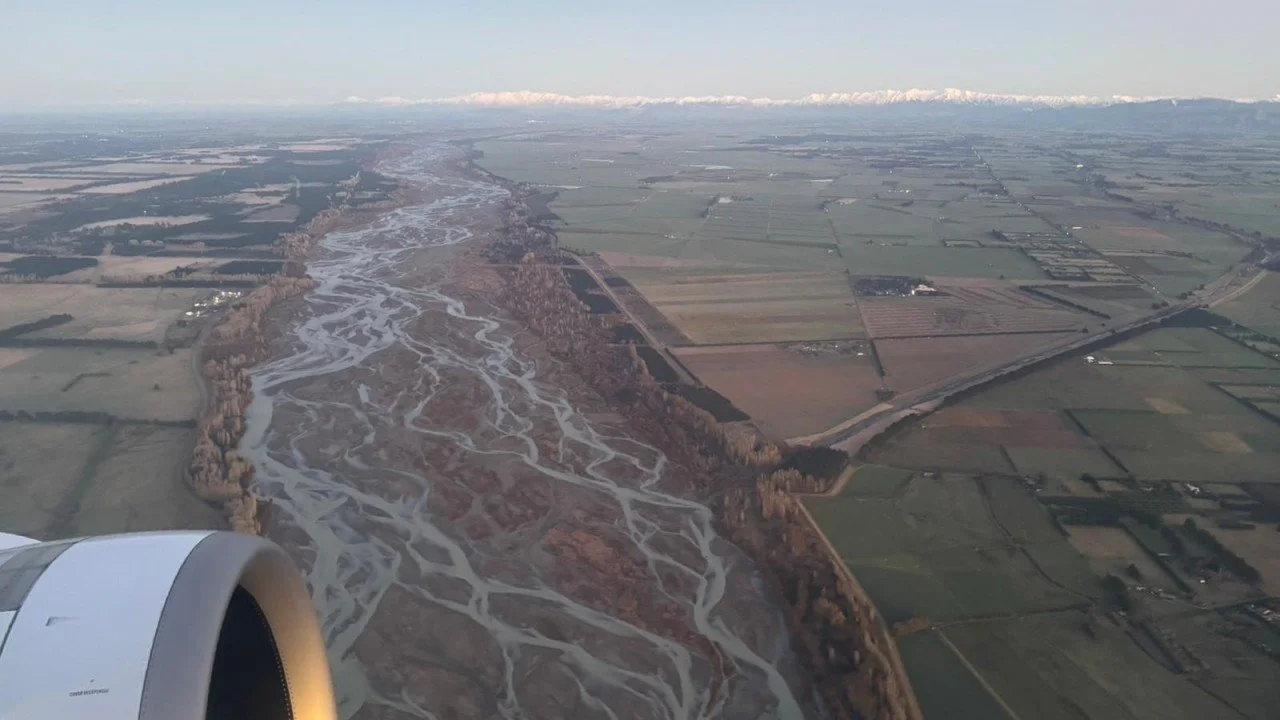Intersectionality in Action: Why Equity Requires More Than Good Intentions
The Waimakariri River is braided just like identity is.
A Meeting That Stopped Me in My Tracks
Not long ago, I was in a meeting where a new policy was being discussed. On paper, it looked like progress, a step toward realising equity. But as I listened, I realised something was missing.
There was space for “Māori” and “disabled people” as separate categories. But what about Tangata Whaikaha Māori | disabled Māori? What about Pacific disabled people in rural communities? Or Rainbow whānau navigating both stigma and poverty?
The policy didn’t name them. And if you don’t name people, the system won’t see them.
“Intersectionality isn’t just theory. It’s about naming and centring those who live at the sharpest edges of inequity.”
The Limits of Single-Issue Thinking
Too often, equity work focuses on single categories, such as ethnicity, disability, gender, and sexuality. Each in its own silo.
But lived reality is rarely that simple. Disabled Māori, takatāpui Pacific youth, or parents raising children at the intersections of poverty and chronic illness, these are not edge cases. They are the very people systems most often fail.
Single-issue thinking yields policies that appear sound on paper but fail in practice. It creates reports that tick boxes but overlook entire communities. It reinforces the very inequities it claims to address.
Intersectionality as Practice
Intersectionality, coined by Kimberlé Crenshaw, reminds us that none of us lives a single identity at a time. Our experiences overlap, sometimes compounding harm, sometimes strengthening resilience.
But intersectionality must be more than a word in a strategy document. It has to be visible in practice.
For me, intersectionality in action looks like:
In policy: Collecting and reporting data that disaggregates Māori disability, Rainbow health, rural inequities, and their overlaps.
In governance: Ensuring decision-making tables include people who live at intersections, not just “representatives or a perspective” of one identity group.
In leadership: Being willing to slow down and ask, Who is missing here? Who carries the heaviest weight if we get this wrong?
In whānau: Watching Hiwa thrive at kōhanga reo, knowing he carries intersections of whakapapa, disability whānau, and Rainbow whānau with him, and ensuring those layers are celebrated, not erased.
“Equity requires more than good intentions. It requires intersectional action, data, leadership, and courage that refuses to look away.”
Resolution: From Vision to Action
So what can we do to move beyond tokenism and into intersectional action?
Name people at the intersections. If they aren’t named, they will be erased.
Fund community-led solutions. Support groups that live these realities every day.
Embed accountability. Make intersectional equity part of performance measures, not just vision statements.
Celebrate resilience. Tell stories of intersectional leadership, courage, and change, not just deficit.
The truth is simple: intersectionality already exists in every community. The question is whether our systems are brave enough to acknowledge it and act on it.
“The future isn’t built in silos. It’s woven at the intersections.”
🔗 Follow me for more reflections on systems change, equity leadership, and human rights diplomacy. If you want to help me on this journey, please get in touch.
🖤 Ko te pae tawhiti whāia kia tata. Ko te pae tata whakamaua kia tīna. | Seek out the distant horizons so they may become close. Hold fast to the close horizons so they may be secured.


